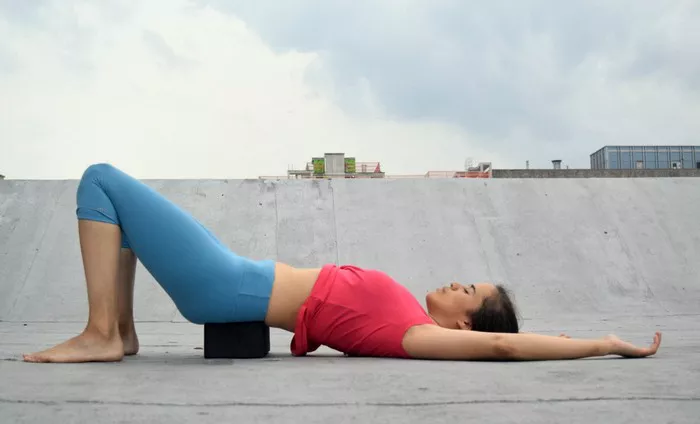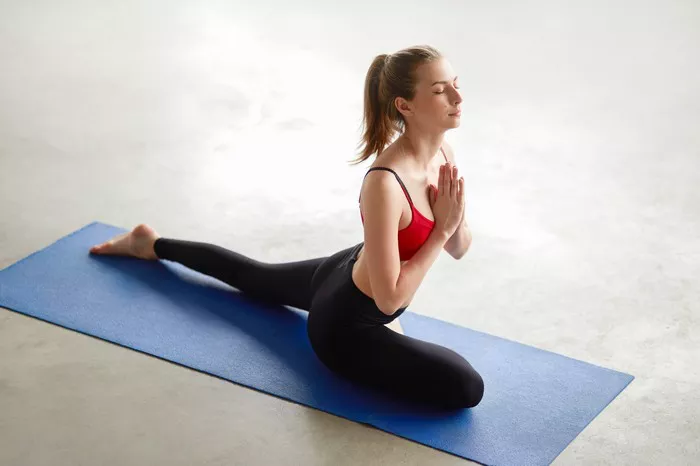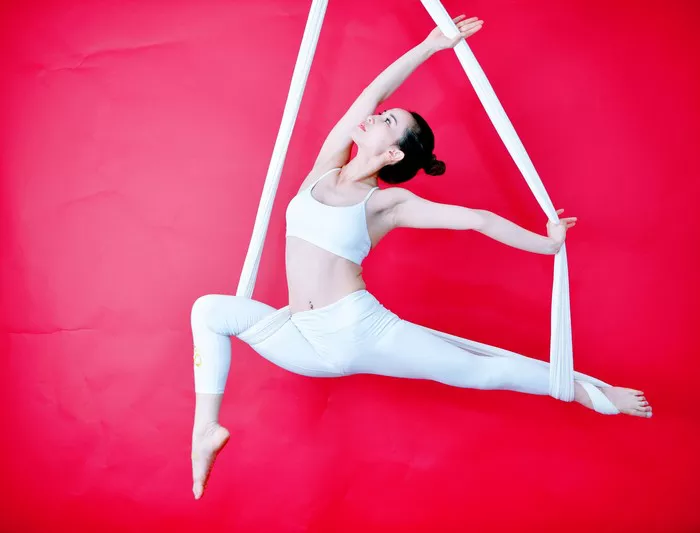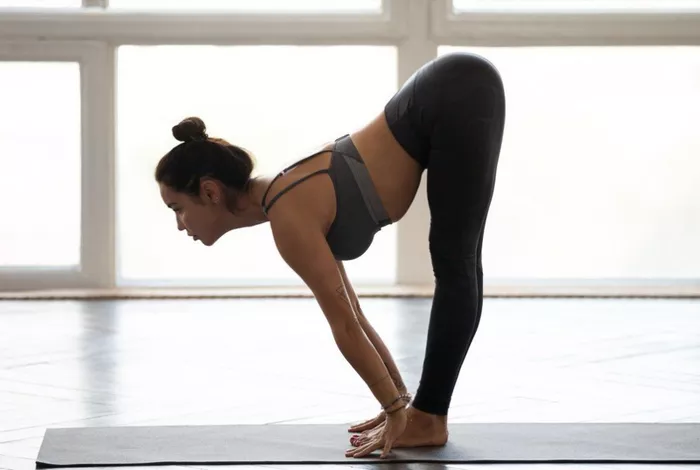In today’s sedentary lifestyle, where hours are spent hunched over desks and screens, maintaining proper spine alignment is crucial for overall health and well-being. Poor posture not only leads to discomfort and pain but can also contribute to long-term spinal issues. Yoga, with its focus on mindful movement and alignment, offers a holistic approach to addressing these concerns. In this article, we explore a selection of yoga poses specifically designed to promote spine alignment, enhance posture, and foster a healthier relationship with our bodies.
Understanding Spine Alignment:
The spine serves as the central support structure for the body, consisting of a series of vertebrae stacked upon each other, cushioned by intervertebral discs and connected by muscles, ligaments, and tendons. Proper alignment of the spine maintains its natural curves—the cervical (neck), thoracic (upper back), and lumbar (lower back)—which are essential for optimal functioning and stability.
When the spine is misaligned due to factors such as poor posture, muscular imbalances, or injury, it can lead to a range of issues including back pain, reduced mobility, and decreased flexibility. Yoga offers a gentle yet effective way to address these concerns by systematically stretching and strengthening the muscles surrounding the spine while promoting awareness of alignment and breath.
Yoga Poses for Spine Alignment:
1. Mountain Pose (Tadasana):
- Stand tall with feet hip-width apart, grounding evenly through all four corners of the feet.
- Engage the thighs, lift the kneecaps, and lengthen the tailbone towards the floor.
- Roll the shoulders back and down, elongating the spine, and reach the crown of the head towards the sky.
- This foundational pose encourages proper alignment from the feet up, promoting a strong and stable spine.
2. Cat-Cow Stretch (Marjaryasana-Bitilasana):
- Begin on your hands and knees in a tabletop position, with wrists aligned under shoulders and knees under hips.
- Inhale, arch the back, and lift the chest and tailbone towards the ceiling (Cow Pose).
- Exhale, round the spine, tuck the chin to the chest, and draw the belly button towards the spine (Cat Pose).
- Repeat this fluid movement, syncing breath with movement to gently mobilize and warm up the spine.
3. Downward-Facing Dog (Adho Mukha Svanasana):
- Start in a plank position, then lift the hips up and back, forming an inverted V shape with the body.
- Press firmly through the hands and feet, lengthening the spine and drawing the chest towards the thighs.
- Relax the head and neck, allowing them to hang freely.
- Downward Dog stretches the entire length of the spine while also strengthening the back muscles.
4. Triangle Pose (Trikonasana):
- Begin in a wide-legged stance, with feet parallel to each other.
- Extend arms out to the sides at shoulder height, then hinge at the hips to reach forward with one hand while extending the other hand upwards.
- Keep both legs straight and engage the core as you lengthen the spine.
- Triangle Pose not only stretches the sides of the body but also encourages spinal extension and rotation.
5. Cobra Pose (Bhujangasana):
- Lie face down with palms planted near the ribs, elbows bent.
- Inhale, press into the hands, and lift the chest off the mat, keeping the lower ribs grounded.
- Draw the shoulders back and down, lengthening the spine and opening the heart.
- Cobra Pose strengthens the muscles along the spine while also improving flexibility and mobility.
6. Seated Forward Fold (Paschimottanasana):
- Sit on the floor with legs extended in front, feet flexed towards the ceiling.
- Inhale, lengthen the spine, then exhale, hinge at the hips, and fold forward from the hips, reaching towards the feet.
- Keep the back straight and avoid rounding the spine excessively.
- This seated pose stretches the entire length of the spine, hamstrings, and calves, promoting flexibility and relieving tension.
7. Bridge Pose (Setu Bandhasana):
- Lie on your back with knees bent and feet hip-width apart, heels close to the sit bones.
- Press into the feet and lift the hips towards the ceiling, engaging the glutes and thighs.
- Interlace the fingers under the body and roll the shoulders underneath, opening the chest.
- Bridge Pose strengthens the back muscles, opens the front body, and promotes thoracic spine extension.
8. Child’s Pose (Balasana):
- Begin on hands and knees, then sit back on the heels with arms extended in front or resting alongside the body.
- Allow the forehead to rest on the mat and surrender the weight of the body towards the earth.
- Relax the spine and breathe deeply into the back body, releasing tension with each exhale.
- Child’s Pose gently stretches the spine, hips, and thighs while promoting relaxation and stress relief.
Conclusion
Maintaining proper spine alignment is essential for overall health and well-being, and yoga offers a holistic approach to achieving this goal. By incorporating these yoga poses into your regular practice, you can strengthen and stretch the muscles surrounding the spine, improve posture, and cultivate greater body awareness. Remember to listen to your body and honor its limits, modifying poses as needed to suit your individual needs and abilities. With consistent practice and mindful attention, you can support a healthy spine and enjoy the benefits of improved posture and mobility for years to come.
FAQs:
Which yoga should not be done in back pain?
Avoid intense yoga styles like hot yoga or power yoga when experiencing back pain. These styles may exacerbate the condition.
What type of yoga is best for a bad back?
Gentle and therapeutic styles like Hatha yoga, Iyengar yoga, or restorative yoga are best for a bad back. They focus on proper alignment, gentle stretching, and relaxation, which can help alleviate back pain.
Which Asana helps correct poor alignment?
Tadasana (Mountain Pose) is an excellent asana for correcting poor alignment. It helps improve posture by aligning the spine, shoulders, and pelvis while strengthening the core muscles.
Can I reverse bad posture?
Yes, bad posture can often be reversed through consistent practice of exercises and stretches that target the muscles responsible for good posture, along with mindful awareness of body alignment throughout daily activities. Exercises such as shoulder retractions, chin tucks, and hip flexor stretches can help correct muscular imbalances and improve posture over time.
























